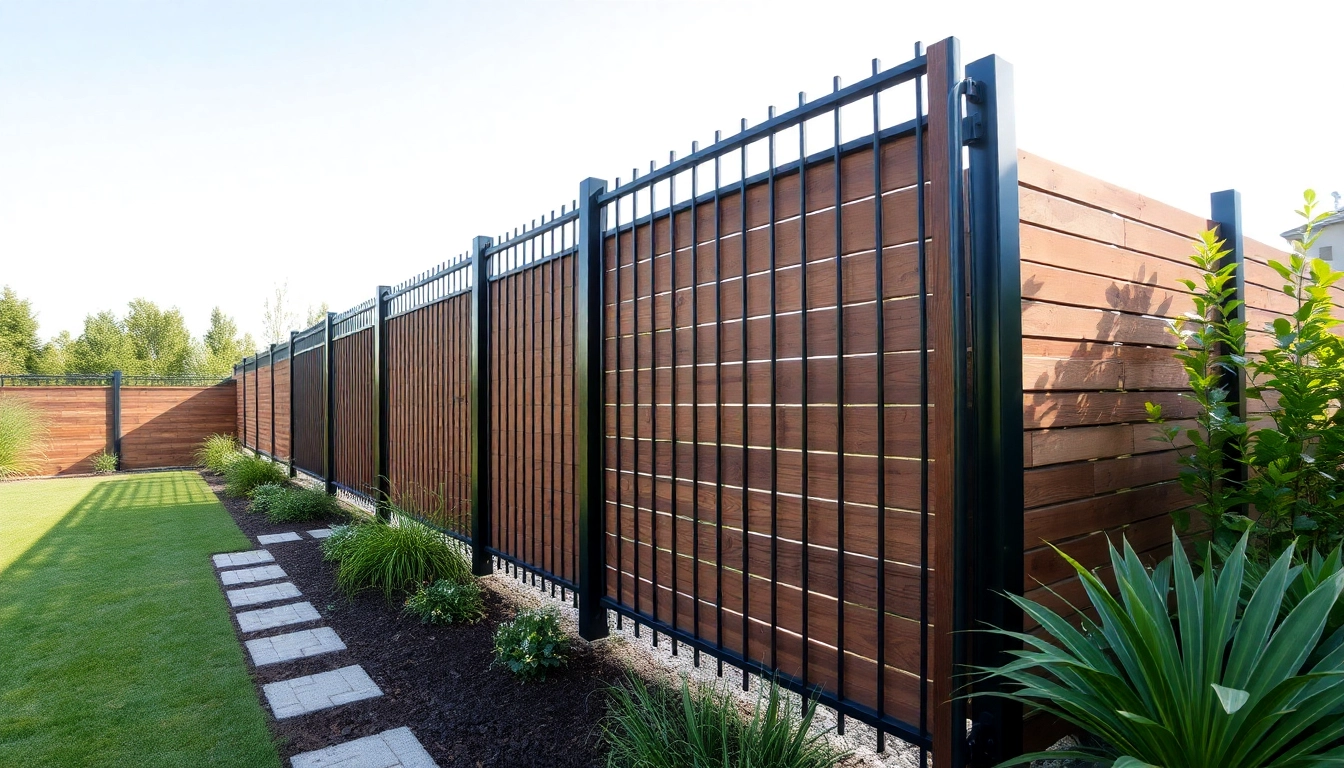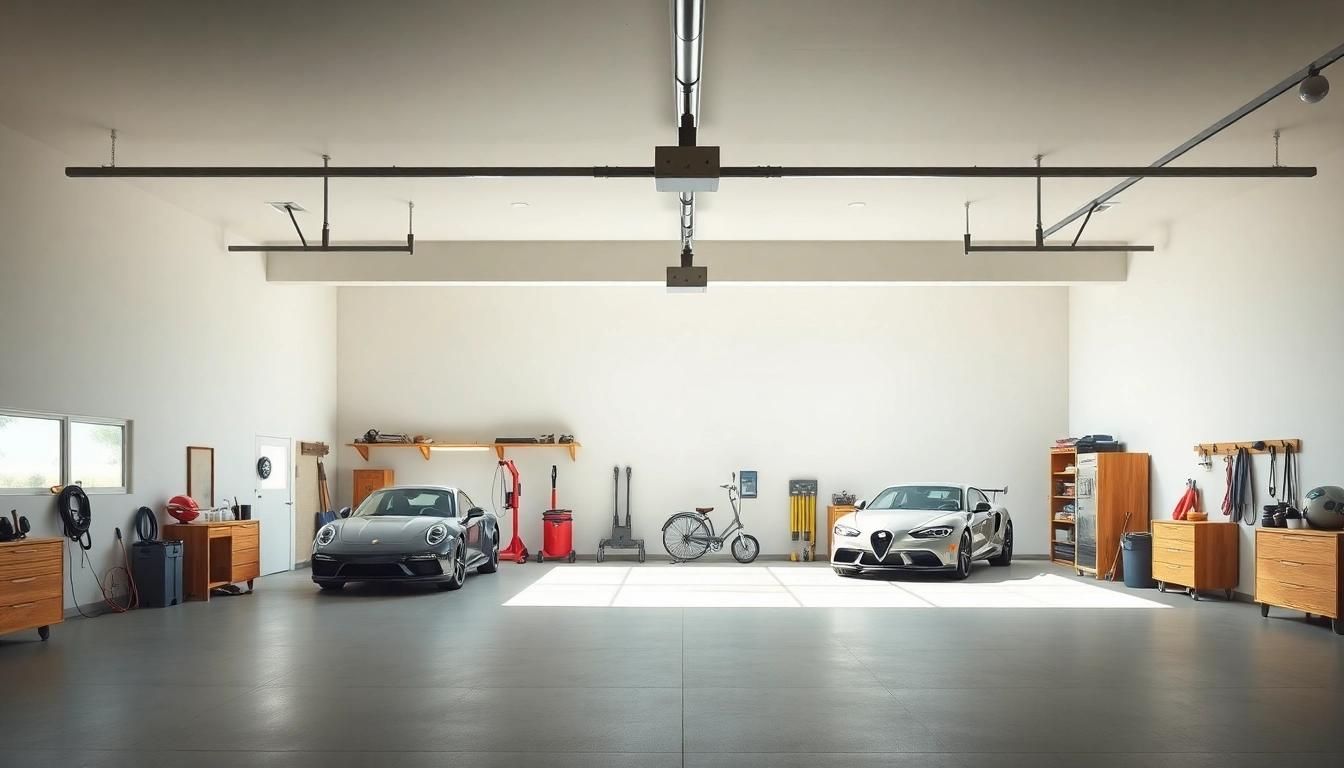Introduction to Attached Greenhouse Sunroom
In the world of home gardening and botany, the concept of an attached greenhouse sunroom has gained immense popularity, merging the best aspects of greenhouses and sunrooms into a single, multifunctional space. This innovative architectural addition not only enhances the aesthetic appeal of a home but also provides the perfect environment for various plants to thrive, regardless of the season. This article will explore the definition, purpose, advantages, and practical designs for creating an attached greenhouse sunroom.
Definition and Purpose
An attached greenhouse sunroom is essentially a hybrid space that combines living space with a greenhouse. This structure is usually attached to the side of a house, allowing it to benefit from the existing plumbing and electrical systems, while maximizing access to natural light. The primary purpose of this design is to create a transitioning area between the indoors and outdoors, allowing homeowners to nurture plants throughout the year in a climate-controlled environment, while also enjoying the beauty of nature from the comfort of their own home.
Advantages of Attached Greenhouse Sunroom
Adding an attached greenhouse sunroom opens the door to numerous advantages:
- Extended Growing Season: Plants can flourish year-round regardless of external weather conditions.
- Energy Efficiency: By using passive solar energy, these structures can help reduce heating costs in winter.
- Aesthetic Appeal: An attached greenhouse sunroom enhances the home’s visual attractiveness and can improve property value.
- Multifunctional Space: It can serve multiple purposes: as a garden, a relaxation area, or a workspace.
- Wildlife Observation: Homeowners can enjoy the sights and sounds of nature while protected from the elements.
Who Should Consider an Attached Greenhouse Sunroom?
This type of structure is ideal for various homeowners. Gardening enthusiasts who want to extend their planting ability beyond the traditional growing season will find it especially advantageous. Moreover, those who appreciate natural light and wish to incorporate plants into their interior decor may find that an attached greenhouse sunroom serves as a beautiful focal point in their home. Families with children and pets can also benefit, as it offers a safe space for children to explore the world of plants and life sciences.
Design Inspirations for Attached Greenhouse Sunroom
Styles and Aesthetics (Modern, Rustic)
When designing an attached greenhouse sunroom, one should consider the architectural style of the existing home. Modern designs may incorporate sleek lines, large glass panels, and minimalistic features, while rustic styles might utilize reclaimed wood, curved glass accents, and natural stone. Emphasizing harmony with the surrounding structure ensures that the greenhouse sunroom becomes a cohesive part of the home rather than an afterthought. Inspiration can hinge upon various styles:
- Modern Glass Structures: Large glass panels enable maximum light intake complemented by sleek metal or wooden frames.
- Classic Victorian Styles: Ornate detailing and painted accents resonate well with older homes.
- Rustic Barn-Inspired Designs: Use of timber, stone, and vintage features create warmth and texture.
Integrating with Existing Architecture
To achieve a seamless transition from the main structure to the attached greenhouse sunroom, incorporating architectural elements of the home is essential. This could include matching shingles, paint colors, or window styles. Professional architects and designers typically look at not just the external appearance, but also the flow of space within the home, ensuring the greenhouse sunroom does not disrupt the comprehensive functionality of the house.
Maximizing Space: Layout and Functionality
Space optimization is crucial in an attached greenhouse sunroom. The layout should facilitate easy access for plant maintenance, while also ensuring comfortable human movement. Some innovative layouts include:
- Zone Division: Use separate zones for seating, plant care, and workstations to maximize utility.
- Vertical Gardening: Utilize wall space for vertical planting, particularly for herbs and climbing plants.
- Seating Nooks: Creating cozy spots with seating enhances relaxation and functionality.
Essential Features of an Attached Greenhouse Sunroom
Optimal Materials for Construction
Choosing high-quality materials is imperative for durability, insulation, and aesthetics. The selection depends largely on budget and specific design goals. Essential material choices include:
- Glass: Double-glazed or triple-glazed windows improve insulation while letting in abundant natural light.
- Wood: Treated timber frames can provide warmth, support, and a rustic feel.
- Steel: A galvanized steel framework is a sturdy option for modern structures, ensuring longevity.
Climate Control Techniques
Climate control is pivotal for a successful attached greenhouse sunroom. Employing various systems can optimize conditions for plant growth:
- Heating Systems: Radiant heat or portable heaters can combat winter chill.
- Cooling Methodologies: Roof vents and shade cloth can minimize overheating in summer.
- Automated Systems: Smart technology that regulates temperature and humidity enhances growing conditions.
Managing Light and Humidity Levels
Light and humidity are critical for the thriving of plants within an attached greenhouse sunroom. Utilizing the following strategies can ensure optimal conditions:
- Light Management: Positioning plants according to their light needs is essential; some might prefer bright sunlight while others thrive in partial shade.
- Humidity Control: Using misting systems or humidifiers can help maintain adequate moisture levels during dry seasons.
Adding Plants to Your Attached Greenhouse Sunroom
Best Plants for Sunlight and Growth
To create a thriving ecosystem within your attached greenhouse sunroom, selecting the right plants is essential. Consider the following categories:
- Flowering Plants: Pansies, hydrangeas, and orchids can add vibrant colors.
- Herbs: Mint, basil, and rosemary flourish well in these environments.
- Fruit and Vegetables: Strawberries, tomatoes, and peppers can be grown for an edible garden experience.
Creating a Thriving Ecosystem
A well-planned structure allows for the creation of a mini-ecosystem that works in harmony. An idea could include:
- Companion Planting: Select plants that thrive together, reducing pests and improving growth rates.
- Natural Pest Control: Introduce beneficial insects like ladybugs in the greenhouse to manage pests naturally.
Seasonal Considerations for Plant Care
Different seasons require varying levels of care for plants. Here are some tips:
- Spring: Time to introduce new plants and assess growth conditions.
- Summer: Higher temperatures may require increased watering and light management.
- Fall: Preparing for winter by pruning and protecting sensitive plants is crucial.
- Winter: Monitoring heating systems and adjusting watering schedules for dormant plants is essential.
Maintenance and Upkeep for Your Attached Greenhouse Sunroom
Regular Cleaning and Care Practices
Maintaining cleanliness is vital not only for aesthetics but also for the health of the plants. Following these practices can ensure longevity:
- Regularly clean glass surfaces to maximize sunlight penetration.
- Remove dead plant material to discourage pests and diseases.
- Inspect and clean gutters to facilitate water drainage and prevent buildup.
Seasonal Maintenance Tasks
Identifying and adhering to seasonal maintenance practices is essential for all-in upkeep:
- Spring: Ensure all heating systems are serviced.
- Summer: Check for excessive heat and ventilation issues.
- Fall: Prepare the space for potential harsh winter conditions by safeguarding less hardy plants.
- Winter: Constant monitoring of heating and humidity levels is necessary to ensure plant health.
Upgrading and Renovation Tips
Over time, elements of your attached greenhouse sunroom may require upgrading. Here are essential upgrade considerations:
- Insulation: Improve insulation materials to enhance energy efficiency.
- Automated Systems: Consider integrating smart climate control systems for ease of management.
- Plant Arrangements: Regularly change the layout to support seasonal growth trends.



